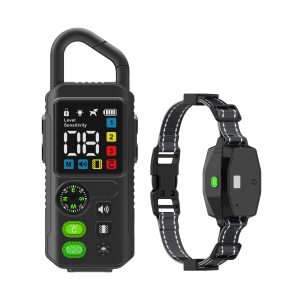Wired vs Wireless Dog Fence: Making the Best Choice for Your Furry Friend
In the world of pet containment systems, owners often find themselves at a crossroads when deciding between wired and wireless dog fences. Each type comes with its own set of advantages and limitations, making the choice a crucial one for the safety and freedom of your beloved pet.
Wired Dog Fences: The Reliable Choice
Wired dog fences, also known as invisible or underground fences, have been a popular choice for pet owners for many years. These systems consist of a buried wire that emits a signal, creating a boundary that your dog cannot cross without receiving a warning or correction.
One of the primary advantages of a wired dog fence is the reliability it offers. The physical wire creates a precise and consistent boundary, ensuring that your dog stays within the designated area. Additionally, wired fences are not affected by environmental factors like signal interference or barriers, providing a stable containment solution for your pet.
Wireless Dog Fences: The Convenient Option
On the other hand, wireless dog fences have gained popularity in recent years due to their easy setup and portability. These systems use a transmitter to create a circular boundary around your property, allowing your dog to roam freely within the designated area.
Wireless dog fences are ideal for pet owners who prefer a hassle-free installation process and the flexibility to adjust the boundary as needed. However, they may be susceptible to signal disruptions from obstacles like trees or buildings, which could impact the effectiveness of containment.
Making the Best Choice for Your Dog
When choosing between a wired and wireless dog fence, consider factors such as your pet’s size, temperament, and behavior. If you have a larger property with clear boundaries and a dog that requires a consistent containment solution, a wired fence may be the best option.
Conversely, if you live in a smaller space or require a more flexible containment solution, a wireless fence could suit your needs. Whichever type you choose, remember that proper training and supervision are essential to ensure your dog’s safety and well-being.
Conclusion
Ultimately, the decision between a wired and wireless dog fence depends on your specific requirements and preferences as a pet owner. Both systems have their advantages and limitations, so take the time to weigh your options carefully before making a choice that will benefit your furry friend in the long run.




